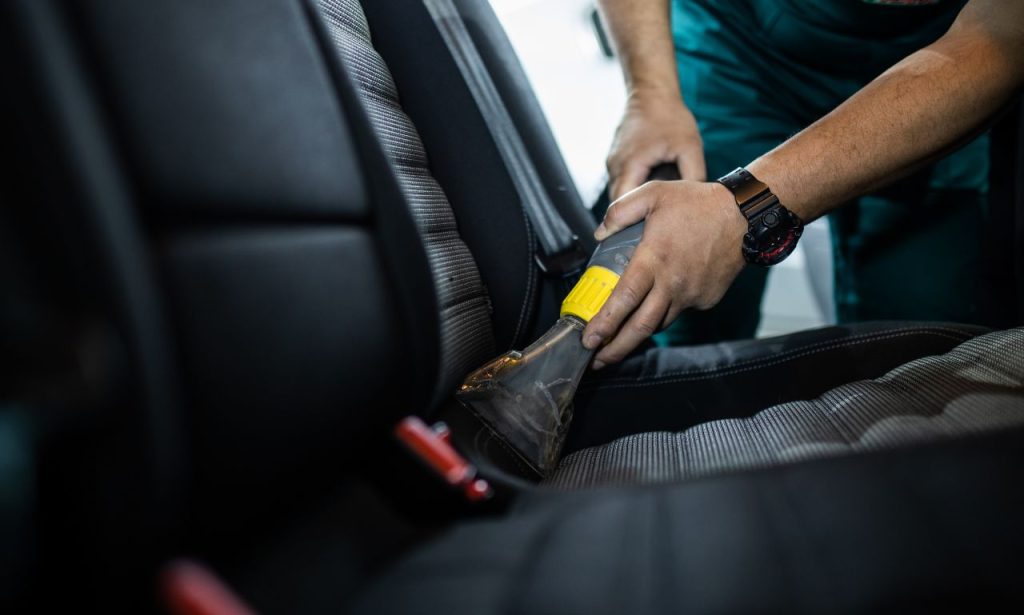In an age where privacy is increasingly under threat, the notion that your car could be bugged is not as far-fetched as it once seemed. Whether you suspect espionage, personal security breaches, or invasive surveillance, understanding how to find out if your car is bugged is crucial. This comprehensive guide will walk you through the signs, inspection methods, and steps to take if you discover a bug, ensuring you are well-equipped to protect your privacy and security.
Signs Your Car Might Be Bugged
Unusual Battery Drain
One of the first signs that your car might be bugged is an unusual battery drain. Devices that record audio or track your location tend to draw power from your car’s battery. If you notice your battery draining faster than usual, it could be an indication that a device is siphoning off power.
Suspicious Items
Keep an eye out for any unfamiliar or out-of-place items inside your car. This could be anything from a small black box, a USB stick, or even an unfamiliar object stuck under the seats. Bugs and trackers are often disguised as everyday items, making them easy to overlook.
Strange Noises
Another telltale sign is strange noises coming from your car’s audio system. This could be static, clicking sounds, or even faint voices when the radio is off. These noises might indicate the presence of a listening device that is picking up and transmitting sounds from inside your car.
How To Tell If Your Car Is Bugged

Inspecting the Interior and Exterior of Your Car
Start with a thorough inspection of your car’s interior and exterior. Look for any signs of tampering, such as loose panels, exposed wires, or new components that you did not install. Pay close attention to the dashboard, seats, and under the carpets.
Looking for Out of Place Everyday Items
Sometimes, bugs are hidden in plain sight. Check for everyday items that seem out of place or do not belong to you. This could include items like USB chargers, air fresheners, or even seemingly harmless gadgets.
Detecting Listening Devices
Listening devices can be tricky to detect without the right tools. Consider using a radio frequency (RF) detector to scan for hidden microphones and transmitters. These devices can pick up on the frequencies that bugs use to transmit data.
Using GPS Bug Detectors
If you suspect your car is being tracked, using a GPS bug detector can help. These detectors can identify the presence of GPS tracking devices by scanning for signals that are commonly used by trackers.
Steps to Take If You Find a GPS Tracking Device
If you find a GPS tracking device, do not panic. First, carefully document its location and appearance. Then, decide whether to remove it yourself or seek professional help. If you suspect legal issues, contact law enforcement.
Looking for Wires
Wires can be a dead giveaway. Check areas where wires might be hidden, such as under the dashboard, seat cushions, and inside the trunk. Look for wires that do not seem to belong to the car’s original wiring system.
Checking Under the Hood and Behind Your Radio
Bugs can also be hidden under the hood or behind your car’s radio. Inspect the engine compartment for any unfamiliar devices or wiring. Similarly, remove the radio to check for any hidden devices that might be transmitting your conversations.
Checking for Bugs and Trackers
To conduct a thorough sweep, you may need specialized equipment like a bug detector or a professional service. These tools can help you identify hidden cameras, microphones, and GPS trackers by detecting their signals.
Tips for Preventing and Detecting Bugs
Ensuring your car remains free from bugs and tracking devices requires a proactive approach and consistent vigilance. Here are detailed tips to help you prevent and detect any potential surveillance devices in your vehicle:
Regular Inspections
Make it a habit to conduct regular inspections of your car, both inside and out. This includes checking under the seats, in the glove compartment, under the hood, and around the dashboard. Look for any signs of tampering, such as loose panels, exposed wires, or unfamiliar objects. Regular inspections can help you catch any suspicious changes or additions before they compromise your privacy.
Use Anti-Surveillance Tools
Stay Informed
Staying informed about the latest surveillance technologies and methods is crucial. Keeping up-to-date with new developments will help you understand what to look for and how to counteract potential threats. Subscribe to security blogs, join forums, and participate in discussions about surveillance and privacy to stay ahead of the curve.
Secure Your Car

Physical security plays a vital role in preventing your car from being bugged. Always lock your car, even when parked at home. Use secure, well-lit parking areas, and consider installing a car alarm or security system to deter potential intruders. Additionally, be cautious about who has access to your vehicle. Avoid leaving your car with strangers or in places where it could be tampered with without your knowledge.
Professional Help
If you suspect your car might be bugged but are unable to find any devices, consider seeking professional help. Private investigators and security experts have advanced tools and expertise to thoroughly inspect your vehicle. They can provide a more comprehensive sweep and help you ensure your car is free from surveillance devices.
Conclusion
Finding out if your car is bugged requires vigilance and the right tools. By being aware of the signs and knowing how to inspect your vehicle thoroughly, you can protect your privacy and ensure your peace of mind. Remember, in the digital age, staying informed and proactive is your best defense against unwanted surveillance.
ALSO READ: Signs of Car Radiator Failure
FAQs
You can use a GPS bug detector to scan for signals commonly used by tracking devices. Additionally, a physical inspection of your car, especially under the dashboard and seats, can help you identify hidden trackers.
While there are some apps designed to detect surveillance devices, they are often less reliable than dedicated hardware like RF detectors and GPS bug detectors. It’s best to use specialized tools for accurate detection.
If you find a bug, document its location and appearance. Depending on the situation, you may choose to remove it yourself or seek professional help. If you suspect legal issues, contact law enforcement.
While most bugs require physical installation, some advanced surveillance technologies may allow for remote activation of existing systems in your car. Regular inspections and the use of anti-surveillance tools are crucial for detection.
Regular inspections, using anti-surveillance tools, staying informed about the latest surveillance technologies, and securing your car by locking it and parking in safe areas can help prevent your car from being bugged.



